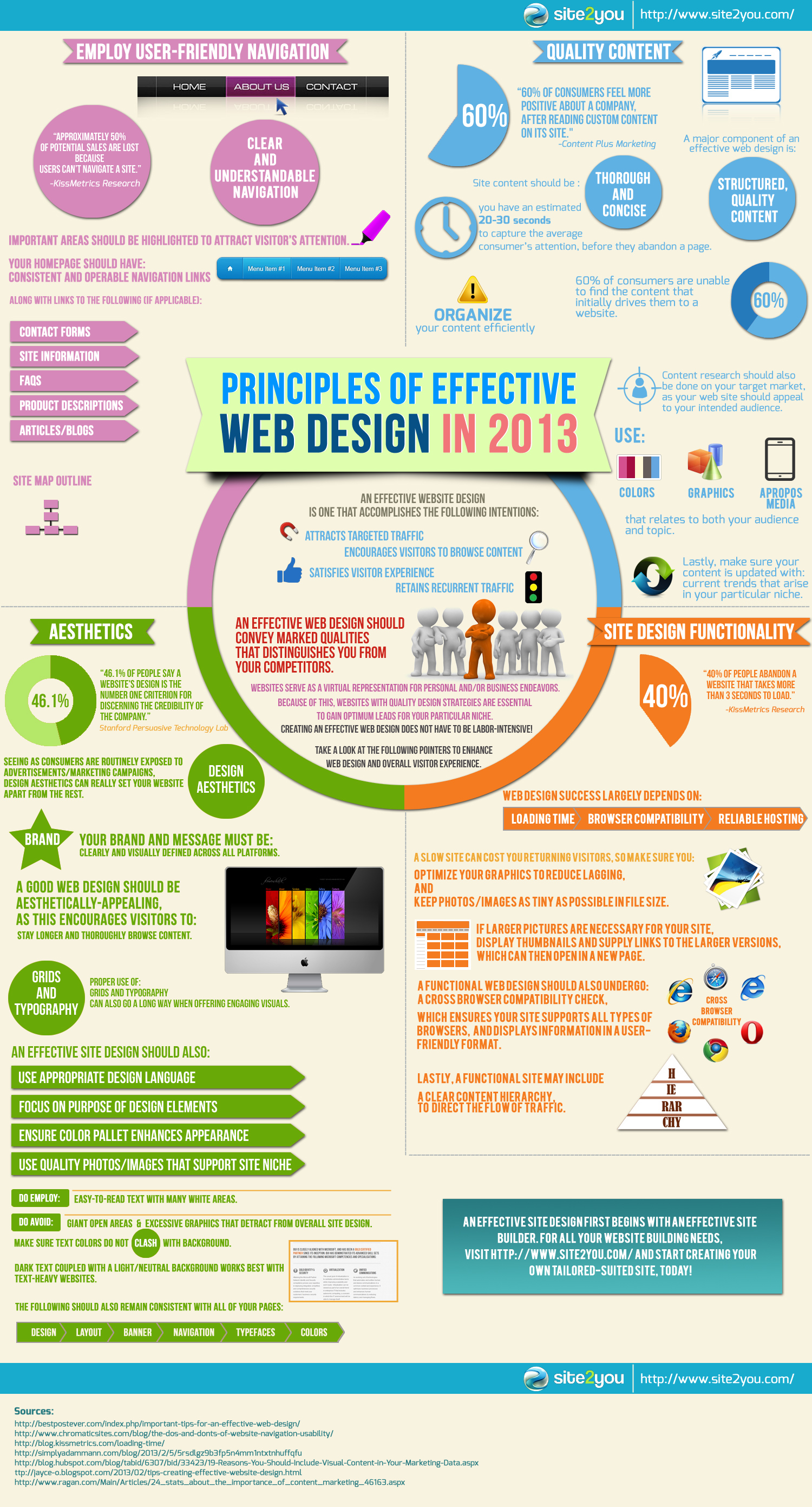Core Concepts Of Site Style: Guidance For Crafting A User-Friendly Online Visibility
Core Concepts Of Site Style: Guidance For Crafting A User-Friendly Online Visibility
Blog Article
Short Article Developed By-Le Gammelgaard
When it involves site layout, making sure user-friendliness is crucial. From receptive layout to streamlined navigation, every element plays an important duty in creating a website that caters to your audience's demands. But what regarding the finer information that can make or break a user's browsing experience? Remain tuned as we discover some often-overlooked pointers that can boost your site's usability to the next level, making it really stand out in the digital landscape.
Significance of Responsive Layout
Receptive design is a crucial element of modern-day web site advancement. Ensuring b2b website design is receptive means that it can adapt to different display sizes and devices, supplying a smooth experience for users.
With the increasing use smart devices and tablet computers to access the web, having a responsive design is essential for getting to a broader audience. It aids in improving individual experience by making your site very easy to browse and keep reading any kind of gadget.
In visit the next internet site , receptive layout can positively influence your online search engine positions, as online search engine like Google prioritize mobile-friendly websites. By having a responsive layout, you're also future-proofing your web site, as new devices with differing display sizes continue to arise.
Simplify Navigating Framework
To improve customer experience and promote very easy accessibility to information on your web site, enhancing the navigating structure is vital. When developing your site, concentrate on producing a clear and intuitive navigating food selection that aids site visitors locate what they're trying to find rapidly.
Limitation the number of menu things to the basics, organizing associated pages together to stay clear of overwhelming individuals. Usage descriptive labels that clearly show the web content of each page, making it simpler for users to understand where each link will take them.
Consider implementing dropdown menus for subcategories to avoid cluttering the primary navigation bar. Additionally, include a search bar prominently on the page for individuals who choose searching for particular details.
Prioritize mobile responsiveness in your navigation design to make certain easy accessibility on all gadgets.
Enhance Page Lots Rate
Improving page load speed is important for maintaining site visitors on your website. Slow-loading web pages annoy users and can cause high bounce prices. To enhance web page tons rate, begin by enhancing images. Press images without endangering top quality to reduce their documents dimensions.
In addition, allow internet browser caching to store frequently accessed resources locally, quickening lots times for returning site visitors. Minify CSS, JavaScript, and HTML data by removing unnecessary personalities, remarks, and format, boosting tons rate.
Think about utilizing a web content shipment network (CDN) to disperse your internet site's web content throughout multiple servers worldwide, minimizing latency for customers accessing your site from various locations. Lastly, limit the use of third-party manuscripts and plugins, as they can significantly influence load times.
Final thought
In conclusion, by incorporating receptive style, streamlining navigating, and optimizing page lots speed, you can produce an easy to use website that interest a broader audience and improves customer experience. These essential elements make certain that site visitors can easily accessibility and browse your site across various gadgets, resulting in increased interaction and fulfillment. By focusing on these essential elements, you can build a successful web site that maintains users returning for more.
